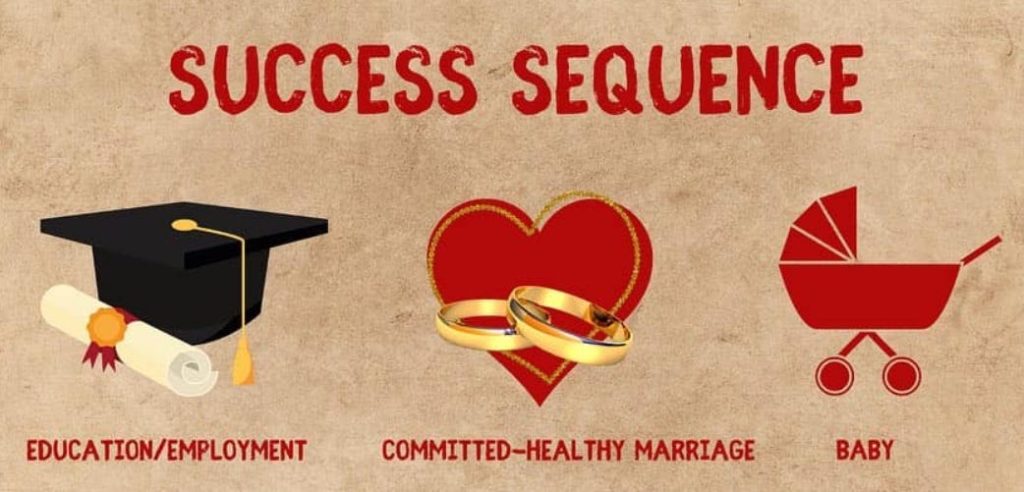At Vox, Rachel Cohen has a piece about a new trend sweeping through conservative state houses to mandate the teaching of the Success Sequence in public schools. I’m quoted in the piece:
Matt Bruenig of the left-wing People’s Policy Project think tank has been pointing out methodological problems with the sequence for the last decade. At its heart, he argues, the formulation is about deflecting attention from how policy choices produce poverty. “It’s always been a way to undermine efforts to improve the welfare state,” he told Vox. “That’s why the right likes it and why they want to teach it to students.”
For most people, the success sequence sounds like harmless and practical life advice. But its deeper appeal, Bruenig argued, is that it offers lawmakers a palatable way to frame poverty as a matter of personal failure rather than systemic design.
The last time I wrote at length about the Success Sequence was in 2021. That piece holds up well and I’d recommend reading it for a fairly comprehensive account of the idea’s many flaws.
However, there is another problem with the Success Sequence that is not in that 2021 piece nor in my decade of writing about it. The problem is that Success Sequence followers do not themselves follow the Success Sequence, at least not consistently.
Given the way that the Success Sequence is pitched, this critique may initially sound nonsensical. Proponents of the Success Sequence tell us that, in order to follow it, all one has to do is graduate from high school, get a full-time job, and then either remain childless or get married (or do both).
At a glance, this seems like a list that you can just work through and then be a Success Sequence follower for life. But if you look closer, you realize that only graduating from high school works like that. The rest of the “steps” in the Success Sequence are not steps at all. They are current statuses that can and do change all the time.
But actually it is worse than that. The most prominent efforts to quantify how many people follow the Success Sequence and what their life outcomes are start by eliminating from consideration anyone who lives in a family with a disabled person, anyone who lives in a family with an elderly person, and anyone who lives in a family that only consists of people below the age of 25. People who meet this description are not considered Success Sequence followers nor Success Sequence unfollowers. They are just not counted at all, disappeared from the sample universe.
What this all means is that many of the people who are counted as Success Sequence followers in one year end up not counted that way in subsequent years. To see just how many people this describes, I used the longitudinal feature of the CPS ASEC to see what percentage of people remain Success Sequence followers across two consecutive years. As you can see in the graph below, on average, around 17 percent of all people who are counted as Success Sequence followers in one year cease to be counted that way just 12 months later.
The CPS ASEC only follows people across two years, so we cannot see what the number is for two, three, or four years out, but it’s reasonable to assume that the Success Sequence suffers from even more attrition across those timeframes.
The reason this happens is because, in real life, people go through things like job loss, disability, and divorce. Sometimes their spouse dies. Sometimes their elderly parent moves in. This is true even of people who are supposedly following the Success Sequence. Rather than grapple with these problems and the economic hardship that often accompanies them, Success Sequence advocates use misleading calculations that simply reclassifies anyone who faces these hardships as Success Sequence unfollowers or, even worse, eliminates them from the sample universe altogether.
There is simply nothing about this enterprise that is serious. Those that advocate it as some kind of “solution” to inequality and poverty and economic hardship in general suffer from some combination of idiocy or malice. Given how easy it is to demonstrate how stupid this is and how many times I, and others, have done so over the years, the idiocy explanation seems less plausible. Thus, I come back to the quote that starts off this piece: the goal of all of this is to provide rhetorical fodder to resist the kinds of welfare state expansions that can actually solve our nation’s poverty problems.

